China is yet to curb the Coronavirus epidemic but the country has been able to deploy technology to fight the disease, in order to prevent the spread. Aside from the quarantine efforts, China recognises the need to cater to the needs of patients who have been infected by the virus and have deployed robots to do what humans would ordinarily have to do. 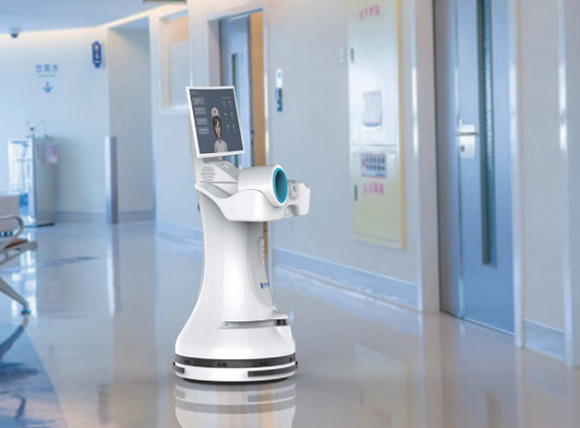
In several hospitals, a large number of robots are now being used, to a certain extent, to perform tasks such as disinfection, food delivery, dispensing drug, and remote diagnosis, reducing the workload of frontline medical staff and reducing cross-infection.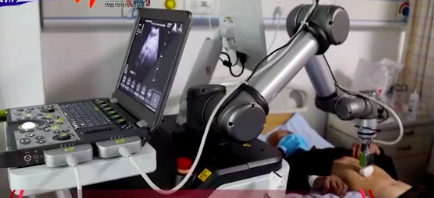
Recently, the first batch of 140 disinfection robots developed by Shanghai Dongfulong Technology Co., Ltd. have been delivered to Wuhan Jinyintan Hospital and other hospitals on the front line of epidemic resistance. The robots are said to use programmable logic controller (PLC) modules provided by German industrial giant Siemens, which are mainly divided into two categories: vaporized hydrogen peroxide disinfection machines and intelligent sterilization robots. They are all sterilized with hydrogen peroxide steam.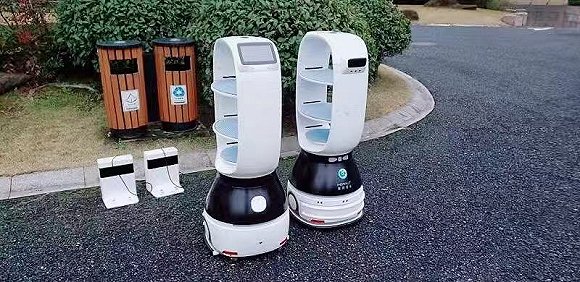
The medical personnel remotely control the disinfection robot through the tablet WIFI, set the room sterilization sequence according to the sterilization needs, independently plan the path and avoid obstacles. This device uses a lithium battery for cyclic charging, and the continuous working time after charging can reach 5 hours.
According to an engineer from Dongfulong, these two artificial intelligence disinfection machines can achieve a 6-log killing effect on microorganisms. 6-log refers to a 99.9999% reduction in bacteria.
EDITOR’S PICK: Xiaomi’s Aqara officially unveils its range of smart home products in the US
Further, more than 30 smart disinfection robots manufactured by Shanghai Titanium Robot Technology Co., Ltd. are also in the isolation ward, ICU, operating room, and fever clinic of six hospitals including Wuhan Xiehe Hospital and Wuhan Central Hospital. Titanium’s disinfection robot uses Chloric acid + plasma disinfection method. In the environment of human and machine coexistence, it performs autonomous mobile multi-point disinfection for the environmental surface and air, and the disinfection level reaches 6-log level. 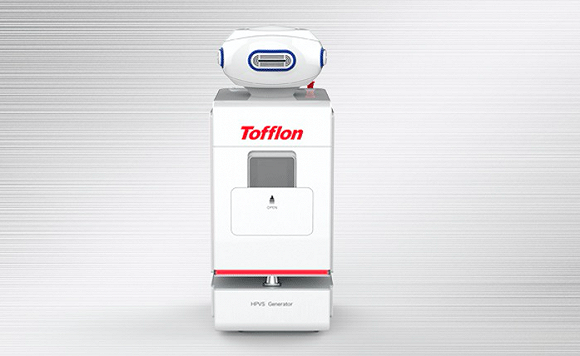
In addition to disinfection robots, a large number of robots such as nursing robots, consultation robots, and transport robots have also been deployed to the front lines of epidemic prevention. There are also robots that can deliver materials including food to specific wards.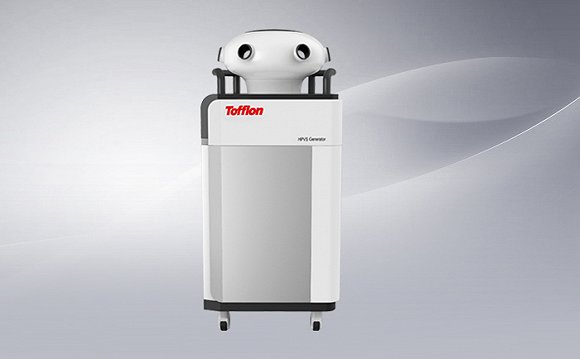
Qinglang, a robot company that focuses on unmanned delivery also sent dozens of food delivery robots to the quarantine areas in Hangzhou, Shanghai and other places. The robots can also deliver mineral water, fruits, medicines, etc. According to Qinglang’s WeChat official account, the food delivery robot is called Peanut. The staff can place meals on the robot’s three-layer tray during mealtimes and enter the room number of the quarantine area on the touch screen. Track the room number to serve the meal.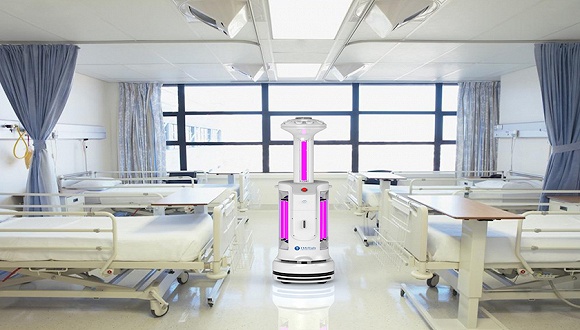
The company says the food delivery robot is fully autonomous and the contact-free distribution method can block the “human-to-human” new Coronavirus infection chain, reduce the possibility of infection within the quarantine zone, and improve the efficiency of food delivery and save the use of disposable protection.
Outside the hospital setting, JD Logistics stated on its official Weibo that it has basically completed map collection and robot testing of robot distribution in Wuhan. The firm is deploying distribution robots from various places to assist Wuhan. It intends to provide Wuhan with supplies and user orders required for the epidemic.
In rural areas such as Hebei, Shaanxi, and Jiangsu, JD Logistics’ drones have begun preparations for drone distribution and plan to provide logistics services to already closed areas.
UP NEXT: First Samples from the 108MP Mi Mix Alpha is here & we are not impressed!
(source)




